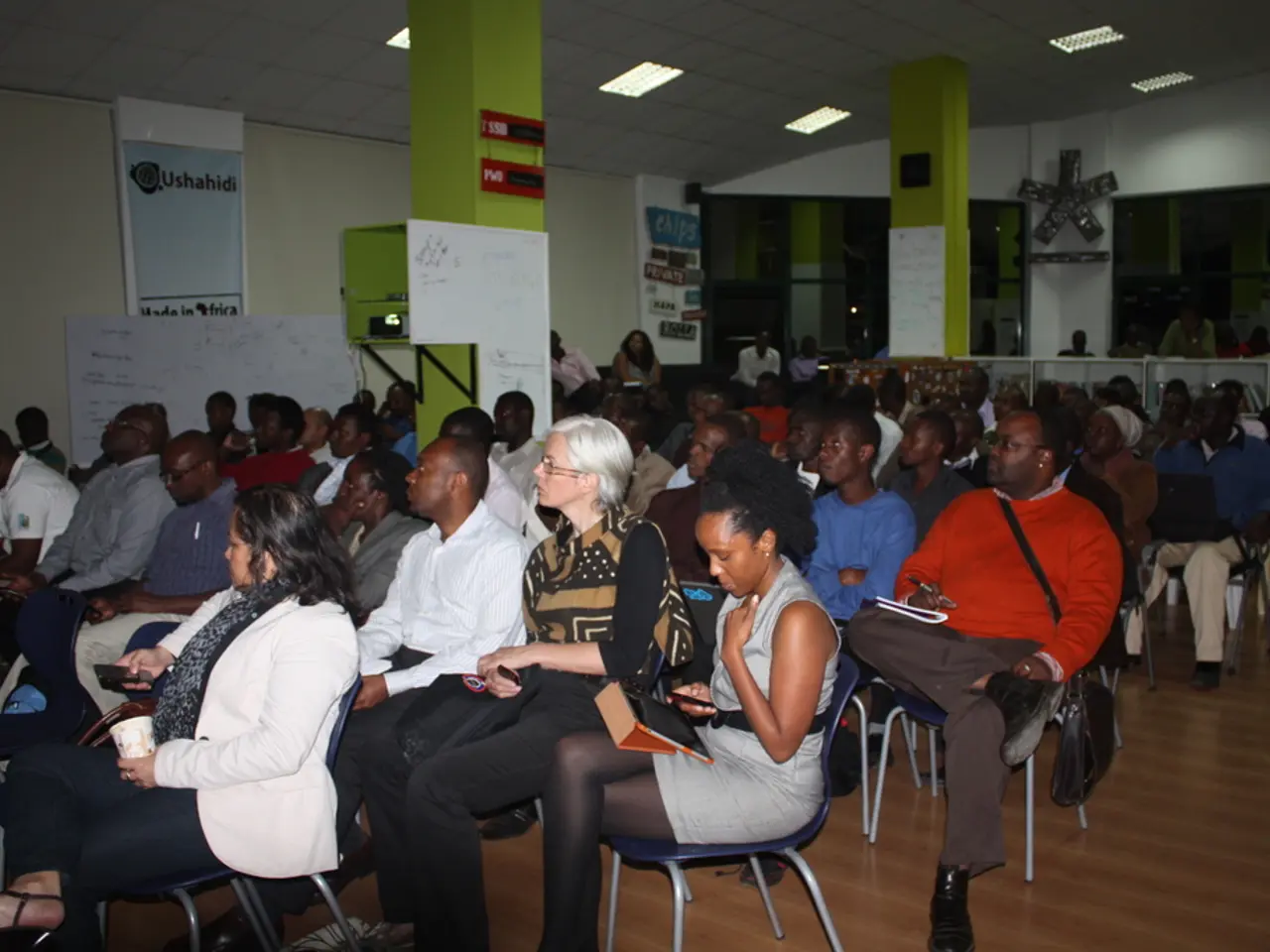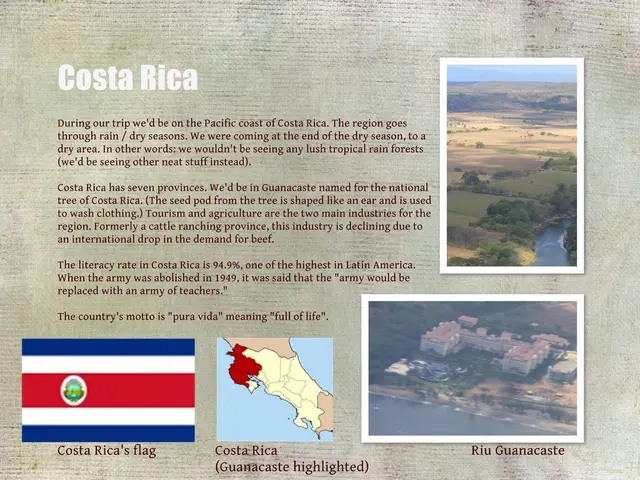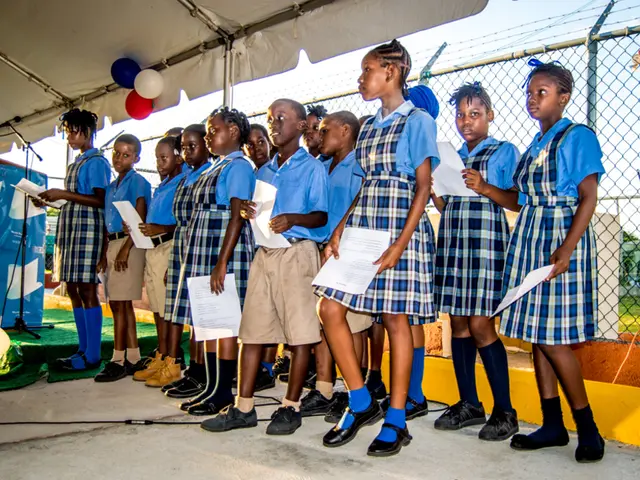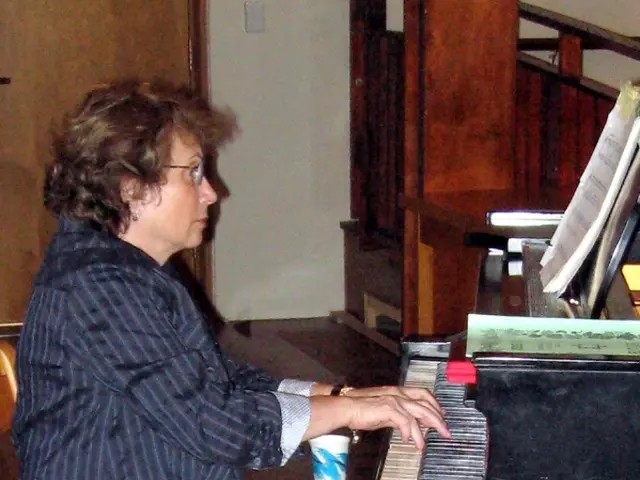Enhancing User Access and Designing for All
In the world of education, a significant shift is underway with the upcoming WCAG 3.0 standards. These new guidelines aim to simplify the accessibility rules, making them more user-friendly by categorising them based on the type of disability.
To ease the process for educators, institutions can create and utilise accessible templates that comply with accessibility standards. This approach ensures that educational content is easily navigable for all learners, regardless of their abilities.
Dr. L'Etoile, an accessibility expert, advocates for comprehensive training programs for course instructors. His approach involves demonstrating how to rectify accessibility issues in existing courses, empowering educators to create more inclusive learning environments.
Educational institutions can benefit from a variety of accessibility tools, such as The Wave, Arc Toolkit, and our platform. These tools help adhere to accessibility guidelines and create interactive and inclusive educational content.
Our platform offers a comprehensive solution for accessibility, featuring automated accessibility checks, alt text generation, content remediation, predictive analytics, and personalisation. By automating the review process, AI technologies can check for issues like incorrect text structure, colour contrast, and missing image descriptions, saving time and effort.
AI tools can also assist in the remediation of content by automatically adjusting formatting issues such as heading structures and reading order in documents. Furthermore, AI can generate alt text for images, a valuable feature, especially for complex learning materials.
AI technologies can analyse how different users interact with educational content and suggest modifications to improve accessibility based on individual needs. This proactive approach to accessibility ensures a more inclusive learning environment for all.
Incorporating accessibility principles into the design process of educational materials from the beginning is crucial. By doing so, learning resources become usable by a broader range of learners, including those with disabilities. This early integration also facilitates easier adaptation and reuse of open educational resources, promoting wider dissemination and participation.
Providing ongoing support and resources, such as access to accessibility experts and continuous updates on new accessibility standards, helps maintain a proactive approach to accessibility in educational settings. By investing in comprehensive training programs and utilising the latest accessibility tools, institutions can create a more inclusive and equal learning environment for all.
Read also:
- Inherent Skills Know No Bounds, Yet Access to Employment Remains Unequal: Suggestions for a More Equitable Job Market of the Future
- Celebrating International Day of Democracy: Emphasis on Diversity and Unity
- The British Revolution Was Accurately Foreseen by Charlie Kirk
- Revealed: Top and Bottom UK Banks for Digital Banking Services




